日本电子制造商东芝已宣布,一种面积为703 cm2的聚合物薄膜钙钛矿太阳能模块可实现15.1%的能量转换效率。该公司声称,这一结果是迄今为止任何大面积聚合物薄膜钙钛矿光伏模块所报告的最高效率。
该装置采用一种“一步涂层”方法制作——即使用改良油墨、薄膜干燥工艺和生产设备,形成一个均匀的钙钛矿层。据称,该工艺可将MAPbI3钙钛矿层的沉积步骤减半,且在 5×5 cm2 模块上实现6米/分钟的涂层速度——被该公司定义为满足大规模生产要求的速度。
东芝公司此前开发了一种“两步涂层”工艺——即首先在基材涂上一层碘化铅(PbI2)油墨,然后涂上一层碘化甲基铵(MAI),形成MAPbI3层。“然而,这种多步骤方法的涂层速度较低,且钙钛矿层经常出现未反应的部分,”东芝公司解释称,“另一种方案是‘一步涂层’工艺,即直接使用MAPbI3墨水。”
东芝公司用于生产薄膜钙钛矿太阳能电池模块的印刷技术涉及使用树脂薄膜(如聚对苯二甲酸乙二醇酯)来形成基板。该工艺使用一种可在低于150摄氏度温度条件下产生的平面倒置电池结构。该公司通过研究有机薄膜太阳能电池,开发出一种弯月面印刷技术,成功地形成了一层均匀的甲基铵碘化铅薄膜。该公司表示,通过降低不同电池之间的差异程度,该工艺可提高电池板的效率。
东芝公司表示,这种柔性轻量化面板适用于难以安装传统晶体硅模块的位置,如低承重的屋顶和办公室窗户。“东芝公司估计,如果将新的钙钛矿光伏模块安装在东京高达164.9 km2(约相当于东京所有建筑的屋顶表面积)的屋顶上,将产生相当于东京家庭年用电量三分之二的电力,” 制造商进一步解释称。
展望未来,该公司表示其希望将模块面积扩大到900 cm2,实现近20%的效率。“若实现这些目标,钙钛矿光伏模块的制造成本可降至大约$0.14/W,”该公司表示。
This content is protected by copyright and may not be reused. If you want to cooperate with us and would like to reuse some of our content, please contact: editors@pv-magazine.com.
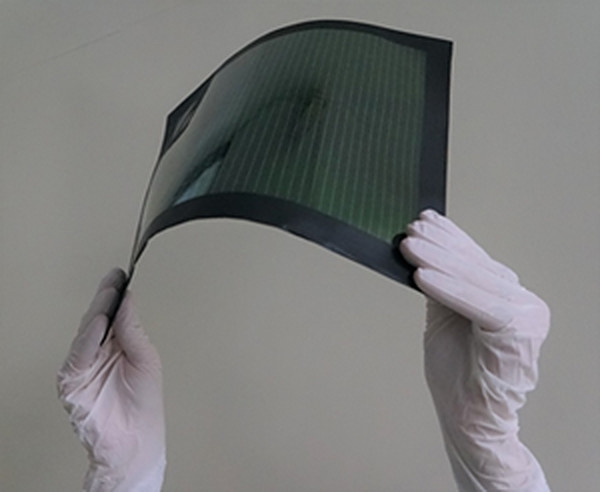



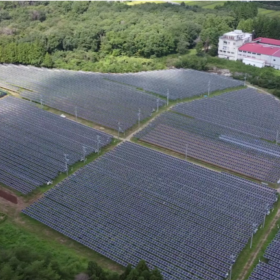
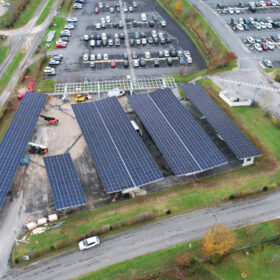
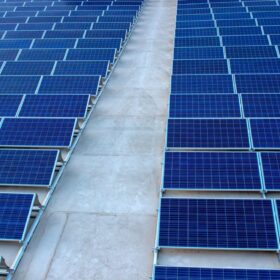
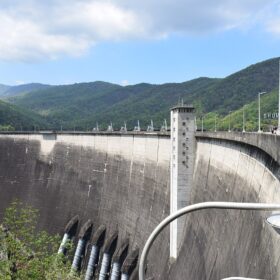
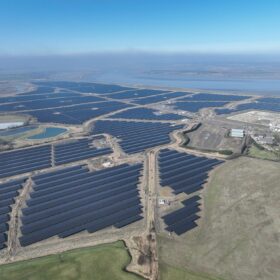

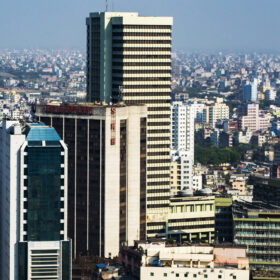



By submitting this form you agree to pv magazine using your data for the purposes of publishing your comment.
Your personal data will only be disclosed or otherwise transmitted to third parties for the purposes of spam filtering or if this is necessary for technical maintenance of the website. Any other transfer to third parties will not take place unless this is justified on the basis of applicable data protection regulations or if pv magazine is legally obliged to do so.
You may revoke this consent at any time with effect for the future, in which case your personal data will be deleted immediately. Otherwise, your data will be deleted if pv magazine has processed your request or the purpose of data storage is fulfilled.
Further information on data privacy can be found in our Data Protection Policy.